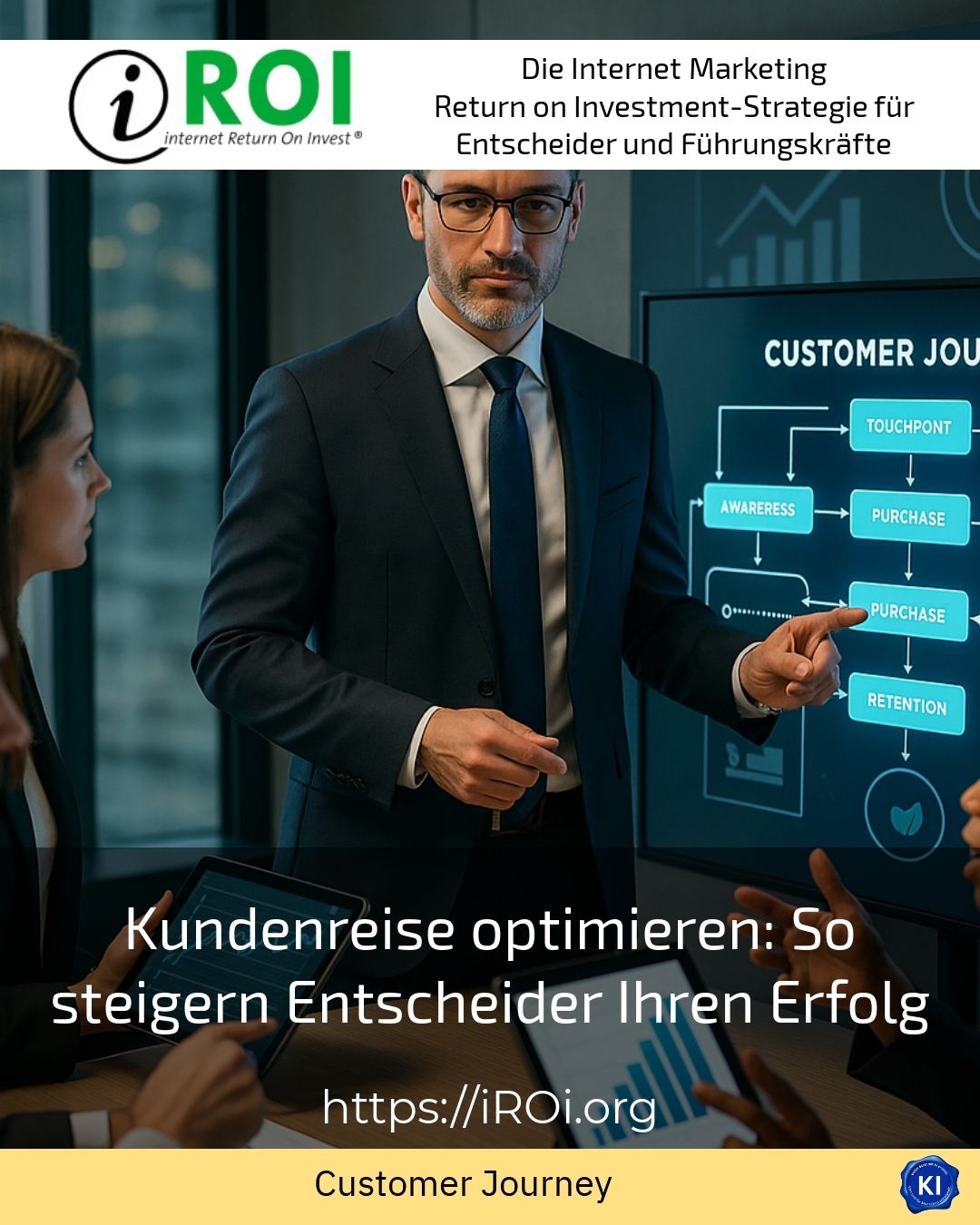If you've read several articles on social media marketing, we're sure you've also read some advice along these lines:
To get the best results, you should have someone monitoring your social media accounts at all times.
Or maybe.
Social media automation takes most of the work out of social media marketing.
Those both sound pretty good, don't they? Solid advice to help you engage customers and get the most out of your social media marketing.
There is only one problem here. None of the above statements correspond to reality. Very few companies can afford to have someone monitoring their social media 24 hours a day. And if you automate everything, you show your customers that you don't care about them.
In other words, the truth lies somewhere in the middle. Automation can be useful, but it cannot replace genuine, human customer service.
How and when should you consider using automation? Read on to find out.
The advantages of automation
Let's start with the benefits of social media automation. The truth is, maintaining an active social media presence is a lot of work. You need to create content, work out a schedule, post the content and monitor messages, comments and replies.
If your company is only active on one site, it can be difficult to stay up to date. And if you're on Facebook, Twitter and Pinterest? That could easily become a full-time job.
Automation can help you with all these tasks:
- Monitoring mentions of your company and industry on social media
- Recommend content that you can recommend to your followers
- Automatic publication of content according to a schedule you create
These are all good things. They don't affect the customer experience at all, and in many cases they even make it better.
For example, auto-publishing content is useful because it keeps your accounts up to date and active, even when you're swamped with work.
However, not every potential benefit of social media automation is a good one.
The dark side of automation
Now let's talk about the things that social media automation can do - but maybe shouldn't do.
The most important point is the answering of customer messages and the handling of customer service.
When people ask a company for help, they expect to get it. They expect to speak to a real person who is able to understand their problem and solve it.
What they don't want is an automated and potentially irrelevant response from a bot. It is almost impossible for an automated system to respond meaningfully to customer messages.
Bots, for example, are only as good as the answers you programme into them. They can search for certain keywords, but they cannot recognise and interpret the nuances of human communication.
The problem with using bots is that their benefits are limited. Customers don't like it when they receive ready-made answers.
Using bots can lead to serious reactions if it becomes obvious that you are doing so. Don't believe me? Take a look at these ridiculous series of comments on the ASOS Facebook page on. As soon as users realised that the responses were automated, they jumped on them - and the end result was that ASOS gave the impression of not caring about its customers at all.
To automate... or not to automate?
As you might expect, it's all about whether you want to automate or not - and if you want to automate, which automation functions you want to use.
The best way to decide is to put yourself in your customers' shoes. Using social media is all about engaging with your audience and improving their experience as your customer.
What does this mean for your automation decisions?
Every decision you make about automation should be based on the customer experience. Does setting up a regular posting schedule and automating posts improve your customers' experience? Chances are good that the answer is yes.
Automated posting of content means that:
- Customers know when to expect your contributions and will look for them
- Your account does not appear to be inactive, even if you are on holiday or have a lot to do
- Your followers can look forward to a steady stream of content
Of course, these are all good things that offer your customers real added value.
The same goes for monitoring mentions, which can help you engage with your followers on social media and let them know that their mentions about you are appreciated.
However, the "customer experience" rubric falls apart when it comes to automated mentions in customer service. The only benefit is that people who post on social media get an immediate response - but that's where the benefits end.
- Customers receive standard responses that may not address the issue they have raised
- They may feel that you do not care about their satisfaction
- Automated messages from bots can make your company seem uncaring or ridiculous
Does this mean that automating all news is a bad idea? No, of course not. There is even a way you can use it to your advantage.
Programme one - and only one - response into your automation. It could be something like this:
Dear customer,
Thank you for contacting us. Your happiness and satisfaction are very important to us. We can't monitor Facebook 24 hours a day, but we promise you that a real person will get back to you with a response as soon as possible.
Thank you very much!
Your company name
The advantage of this approach is that the customer can look forward to a confirmation without having to deal with an impersonal response. This type of response is very friendly and takes into account the difficulty of offering a 24-hour customer service.
As long as you deliver on the promise you make in a message like this, you can use automation to let your customers know you care.
Your customers are smart.
And your use of automation should be too. As long as you make creating an outstanding customer experience your top priority, you can use automation to make your life - and that of your customers - easier.















